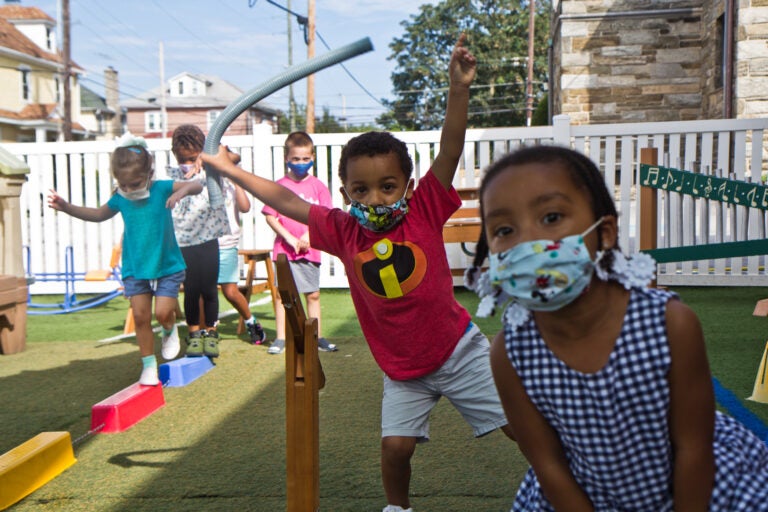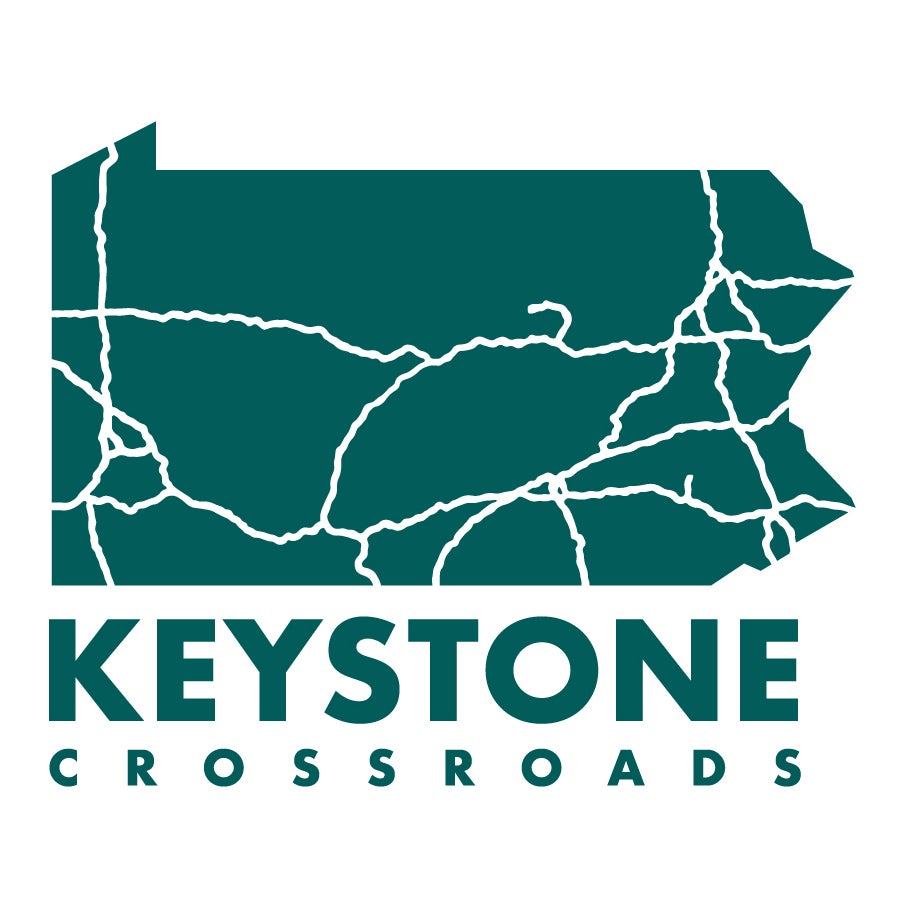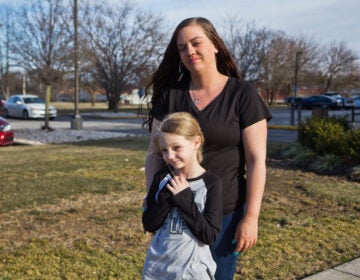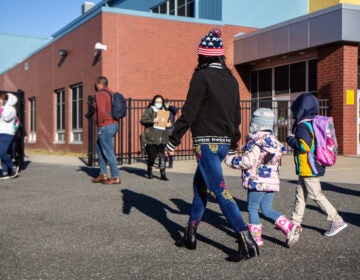What the new child tax credit means for you
One of the biggest changes in the new stimulus is an expanded tax credit for families with kids. Here’s what it would mean for you.

Kids at Today’s Child day care in Clifton Heights, Pa. have supervised playtime outside. (Kimberly Paynter/WHYY)
Ask us about COVID-19: What questions do you have about the coronavirus and vaccines?
One of the most significant elements of the $1.9 trillion stimulus plan that’s rolling out across the U.S. right now is a provision that would guarantee some income for at least a year to people with children.
The measure is generally referred to as a child tax credit, but that doesn’t completely capture the impact it will have on most American families.
Instead of simply reducing the tax burden, the credit will be dispensed in periodic payments to people who qualify, functioning sort of like a version of temporary universal basic income for families with kids.
Mark Price, a progressive labor economist who is a fan of the new credit, said it represents a “sea change” in the way federal lawmakers think about the role and responsibility of government.
“You’re going to see very large reductions in poverty that we haven’t seen in decades,” he said.
But like any tax initiative, the child credit is a little complicated. Here’s what you should know about it.
Who is eligible, what are they getting, and when?
Families will be able to get up to $3,600 per child under six over the course of this year, and up to $3,000 for children aged six to 17.
The credit does include some restrictions. The payments will start phasing out once a parent’s income hits a certain level: $75,000 for single filers, $112,000 for people who file as the head of a household, and $150,000 for people who are married and file jointly. (Income will be based on a person’s latest tax returns on record, 2020 or 2019.)
Those phaseouts will happen at a rate of about 5% as income hits higher thresholds and will depend on the number and age of a family’s children.
According to the Congressional Research Service, the credit will plateau at around $2,000 per child for many higher-earning families, and won’t begin phasing out completely until they hit a significantly higher bracket — for joint filers, around $400,000.
The left-leaning Center on Budget and Policy Priorities has estimated that across Pennsylvania, the tax credit will now cover about 90% of all children under 18 in some capacity. Analysts say it’s a game changer for cities with high child poverty rates, including Philadelphia, Reading, and Allentown.
The IRS, which is administering the program, is still hammering out the details. As it stands, the plan is to have about half of the credit available to families in advance, starting around July. It would be paid out in monthly increments of up to $300 dollars per child through December. Then, families would be able to claim the remaining balance of their credit when they file their 2021 taxes next year.
This sounds familiar, didn’t it already exist?
Yes — but what we currently know as the child tax credit is smaller, and much more limited than the version rolling out with the stimulus plan.
Under the existing tax credit, families were able to claim up to $2,000 annually for children under 17. That credit phased out gradually for every $1,000 of income a parent reported over $200,000, or $400,000 for joint filers.
But while the credit always had upper-income limits, it also had lower income limits in its previous form, because unlike the new version of the credit, the old was only partially “refundable.”
That meant if a person owed more taxes than the maximum value of the credit, they could often receive the whole thing. But if their earnings were low enough that their tax burden was less than the value of the credit, they would receive less of it, or none of it.
That meant that families who earned less than $2,500 annually didn’t get the credit at all — and those who earned more had their potential benefit start at $1,400 per child and rise gradually based on additional income.
The Congressional Research Service estimates that about one in five taxpayers with eligible children “had low incomes that resulted in them receiving less than the maximum credit.”
The Center on Budget and Policy Priorities estimates that in Pennsylvania, around 892,000 children under 17 who were left out of the previous iteration of the child tax credit will get benefits through the new version. All told, they estimated that nearly 2.4 million children in the commonwealth will see some benefit from the updated program.
For a married couple with two children under age six making the median income in Pennsylvania, $61,744, the change will mean ending the year with $3,200 more dollars than they would have gotten under the old tax credit.
How long will this last?
Right now, the program is only written to last through the end of 2021, which means that after the year is over, it will revert to its previous, more restrictive form.
Some lawmakers — including Republican Mitt Romney — have pitched bills that would make the new version of the child tax credit, or something similar, permanent.
That’s something Price would love to see — and he adds, the fact that the expansion to the child tax credit happened at all represents, to him, a major development in Democrats willingly “making sure a family with children that doesn’t have a lot of income or very little income, has access to benefits.”
But, he added, this is a very particular, singular moment in American politics.
“I think the most important thing to recognize that we’re here because it’s a pandemic, a once in 100-year event that has really upended our whole society,” he said. “That certainly created a lot of momentum to put forward this policy…but I think it remains an open question whether it becomes permanent.”
In order to make the new version of the tax credit permanent, Congress and the president will have to pass new legislation.
The stimulus plan passed the narrowly Democratic-controlled U.S. House and Senate with virtually no Republican support, and Republicans have been critical of many parts of it.
Pennsylvania’s GOP U.S. Senator Pat Toomey, for instance, blasted the bill for containing “wishlist” items for Democrats that don’t relate to the pandemic and warned that he believes it will spell economic doom in the long term.
“We are well past the point where our economy is collapsing,” he said recently. “In fact our economy is growing rapidly … There’s also real danger that we have overheating … that can lead to inflation.”
What does this mean for a city like Philadelphia?
Philadelphia has the distinction of being the poorest big city in the country. Even before the pandemic upended the economy, about 400,000 Philadelphia residents — or 26% of the city’s population — lived below the poverty line.
That means the vast majority of the city’s residents will be eligible for the expanded tax credit. Mayor Jim Kenney’s office recently estimated it will apply to about 9 out of every 10 Philadelphia children.
Octavia Howell, who works on the Philadelphia Research and Policy Initiative at the Pew Charitable Trusts, published a detailed study on poverty in the city in 2017.
She noted, there are vast disparities based on race. In 2016, Pew found that 37.9% of Hispanic people in Philadelphia lived below the poverty line, and 30.8% of Black people did.
About 22.9% of Asian Philadelphians and 14.8% of non-Hispanic white residents were considered impoverished.
But there was one stat that really stood out to Howell: the number of children in poverty.
“Thirty-eight percent of children in 2016 were experiencing poverty,” she said. “That was high.”
Put another way, Howell found that 32% of households that were considered impoverished were families with children.
Howell said that while it will take time for the effects of the stimulus, and of the child tax credit in particular, to be fully realized, she thinks the general impact it will have on Philadelphians is pretty clear.
“Think about what it means to be in poverty for a family,” she said — noting that the current poverty level for a family of three is $21,960.
“Adding funds to an income that low, I think, is going to support a lot of households in Philadelphia.”
 WHYY is one of over 20 news organizations producing Broke in Philly, a collaborative reporting project on solutions to poverty and the city’s push towards economic justice. Follow us at @BrokeInPhilly.
WHYY is one of over 20 news organizations producing Broke in Philly, a collaborative reporting project on solutions to poverty and the city’s push towards economic justice. Follow us at @BrokeInPhilly.

Get more Pennsylvania stories that matter
WHYY is your source for fact-based, in-depth journalism and information. As a nonprofit organization, we rely on financial support from readers like you. Please give today.






![CoronavirusPandemic_1024x512[1]](https://whyy.org/wp-content/uploads/2020/03/CoronavirusPandemic_1024x5121-300x150.jpg)


